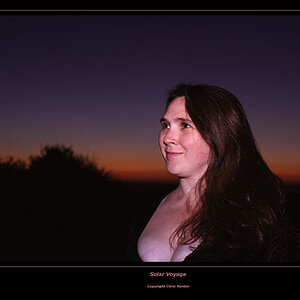PeterToronto
TPF Noob!
- Joined
- Apr 7, 2010
- Messages
- 53
- Reaction score
- 1
- Location
- Toronto
- Can others edit my Photos
- Photos NOT OK to edit
Greetings guys
In my opinion, the greatest negative impact of the digital photography revolution is that people are no longer printing and framing their images. Instead, their entire catalogue of images remains hidden on external hard drives and/or laptops. Undoubtedly, many of these catalogues are not even backed up sufficiently.
I'm still trying to put my finger on why exactly it is that I prefer printed images over digital images. One thing I know for sure is that I'm not a fan of the "impermanence" of a digital image flashed up onto a monitor. It's there one minute, or should I rather say one second, and gone the next. There really is nothing tangible, lasting, or of substance there. It's simply a series of zeros and ones, that disappears into the ether once a keystroke on a keypad is engaged.
I do acknowledge that the habit of not printing is understandable, because images just look fantastic on a thirty inch backlit cinema display. However, viewing your images in this manner truly limits your audience by not allowing others to appreciate your work as well. In addition, there's still something about a framed image that speaks to people on a deeper level. Framing your work, if done properly, enhances an image and also raises it to a higher standard. A framed piece become a temporal and lasting object. In many cases, it even becomes a family heirloom. Here's a thought: consider printing and professionally framing your favourite shot from the last calendar year. Then, continue to do it on an annual basis. Your family and friends will thank you for it.
If you enjoyed the read, there's much more on my website. Check it out if you're interested.
Peace
Peter
peter anthony PHOTOGRAPHY - Home
In my opinion, the greatest negative impact of the digital photography revolution is that people are no longer printing and framing their images. Instead, their entire catalogue of images remains hidden on external hard drives and/or laptops. Undoubtedly, many of these catalogues are not even backed up sufficiently.
I'm still trying to put my finger on why exactly it is that I prefer printed images over digital images. One thing I know for sure is that I'm not a fan of the "impermanence" of a digital image flashed up onto a monitor. It's there one minute, or should I rather say one second, and gone the next. There really is nothing tangible, lasting, or of substance there. It's simply a series of zeros and ones, that disappears into the ether once a keystroke on a keypad is engaged.
I do acknowledge that the habit of not printing is understandable, because images just look fantastic on a thirty inch backlit cinema display. However, viewing your images in this manner truly limits your audience by not allowing others to appreciate your work as well. In addition, there's still something about a framed image that speaks to people on a deeper level. Framing your work, if done properly, enhances an image and also raises it to a higher standard. A framed piece become a temporal and lasting object. In many cases, it even becomes a family heirloom. Here's a thought: consider printing and professionally framing your favourite shot from the last calendar year. Then, continue to do it on an annual basis. Your family and friends will thank you for it.
If you enjoyed the read, there's much more on my website. Check it out if you're interested.
Peace
Peter
peter anthony PHOTOGRAPHY - Home


![[No title]](/data/xfmg/thumbnail/37/37108-62307f01c11ef92f5655ed4501d565ce.jpg?1619737882)
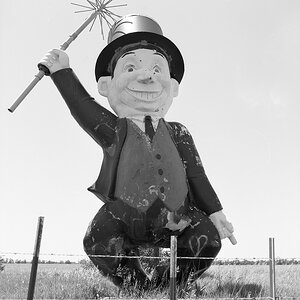

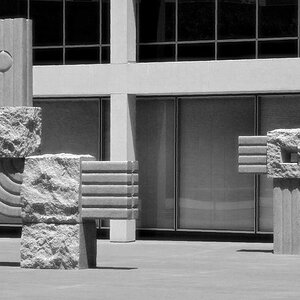

![[No title]](/data/xfmg/thumbnail/32/32155-5dfb2c8aee58498ba1862d4f34389669.jpg?1619735234)
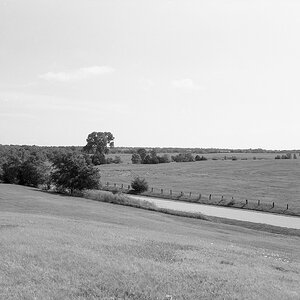
![[No title]](/data/xfmg/thumbnail/32/32154-8c44f76cb4a7777142bd645c3624daac.jpg?1619735234)
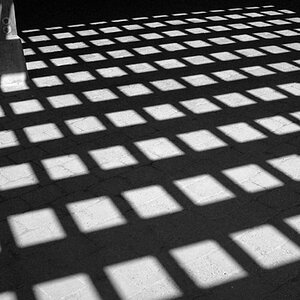
![[No title]](/data/xfmg/thumbnail/37/37109-62e1b65e6f8bd2a349250acd6d653f1e.jpg?1619737882)
